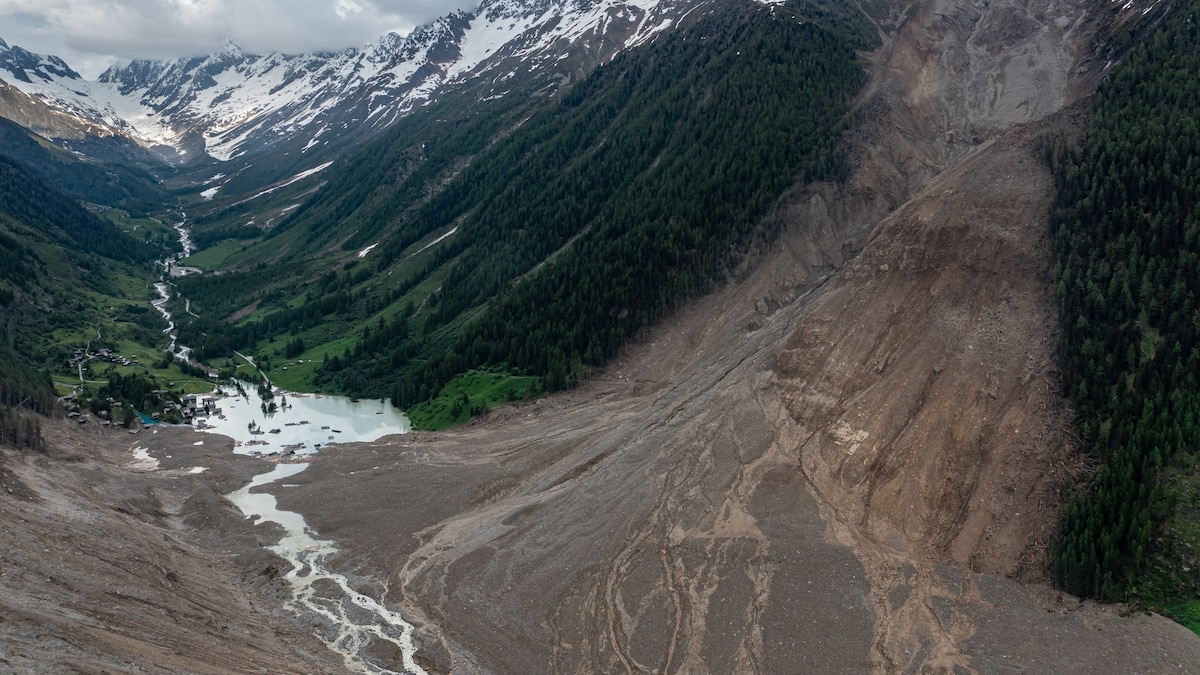Now Reading: Swiss Village Buried by Landslide: Is Another Town at Risk?
-
01
Swiss Village Buried by Landslide: Is Another Town at Risk?
Swiss Village Buried by Landslide: Is Another Town at Risk?

Quick Summary
- A catastrophic landslide triggered by the collapse of Switzerland’s Birch Glacier destroyed the historic village of Blatten on May 28, burying 600-year-old homes in sludge and registering as a 3.1 magnitude earthquake.
- Over 328 million cubic feet of rock and ice engulfed Blatten, which scientists had not anticipated despite extensive monitoring systems in place for Alpine regions.
- Neighboring areas like Kandersteg face similar risks due to unstable cliff faces such as Spitze Stei, which coudl unleash twice the debris that devastated Blatten; potential threats include waves from debris hitting Lake Oeschinen that could submerge parts of Kandersteg.
- Climate change has increased glacier melt and permafrost degradation-essential elements holding mountains together-leading to frequent and severe landslides across Alpine regions.
- Preventative monitoring systems such as GPS tracking, drones, radar surveys, and evacuation plans help minimize human casualties but cannot prevent structural losses entirely.
- Residents remain resilient, with many staying in their villages despite hazards worsened by warming temperatures; older generations have long been accustomed to living amid mountain risks.
Indian Opinion Analysis
The tragic events stemming from glacier collapses in Alpine regions highlight critical vulnerabilities exacerbated by climate change worldwide but carry particular importance for India’s Himalayan ecosystems. With its reliance on high-altitude glaciers as water sources for agriculture and hydropower-and given recent incidents of glacial lake outburst floods (GLOFs) near Kedarnath-India faces parallel challenges where warming temperatures accelerate permafrost melt and destabilize mountain slopes. This narrative underscores the importance of robust scientific monitoring systems like those used in Switzerland while emphasizing risk mitigation strategies suitable for Indian mountainous communities.
India may draw lessons about balancing tourism development with disaster preparedness from Swiss actions like limiting new construction near high-risk zones or installing dams to reroute potential floodwaters caused by debris flows into lakes like Oeschinen-the focus should remain on minimizing loss while preserving livelihoods tethered to vulnerable landscapes.
Read More: National Geographic Article

























